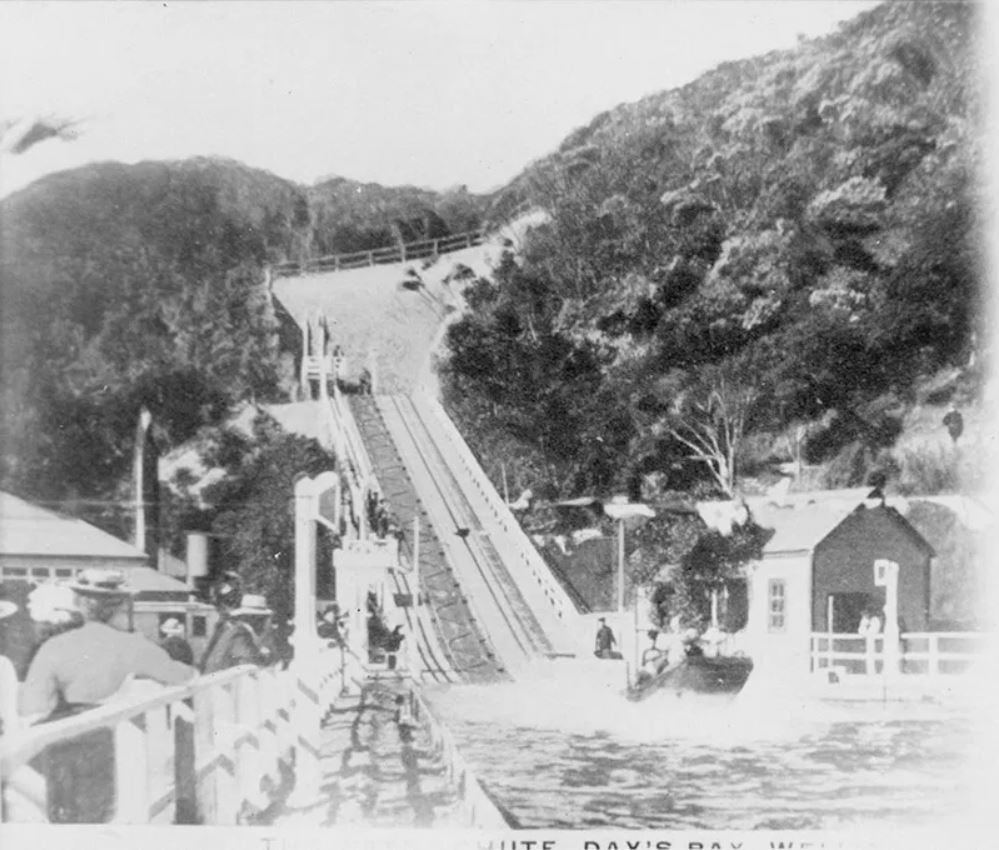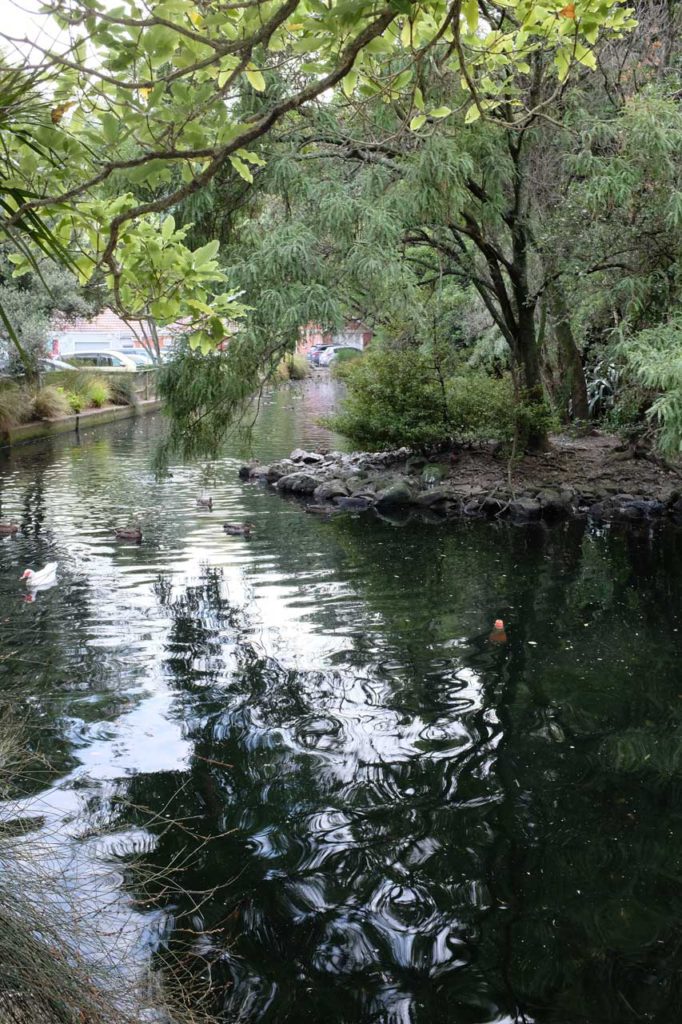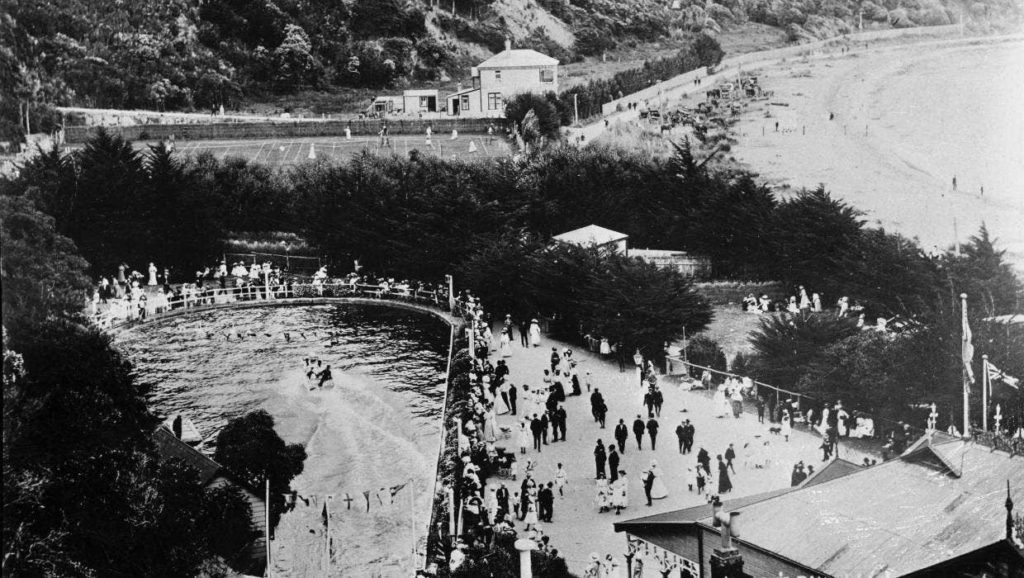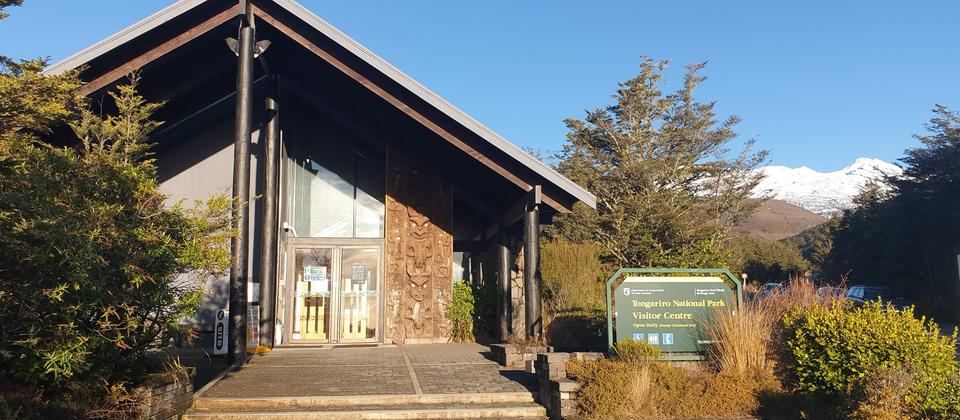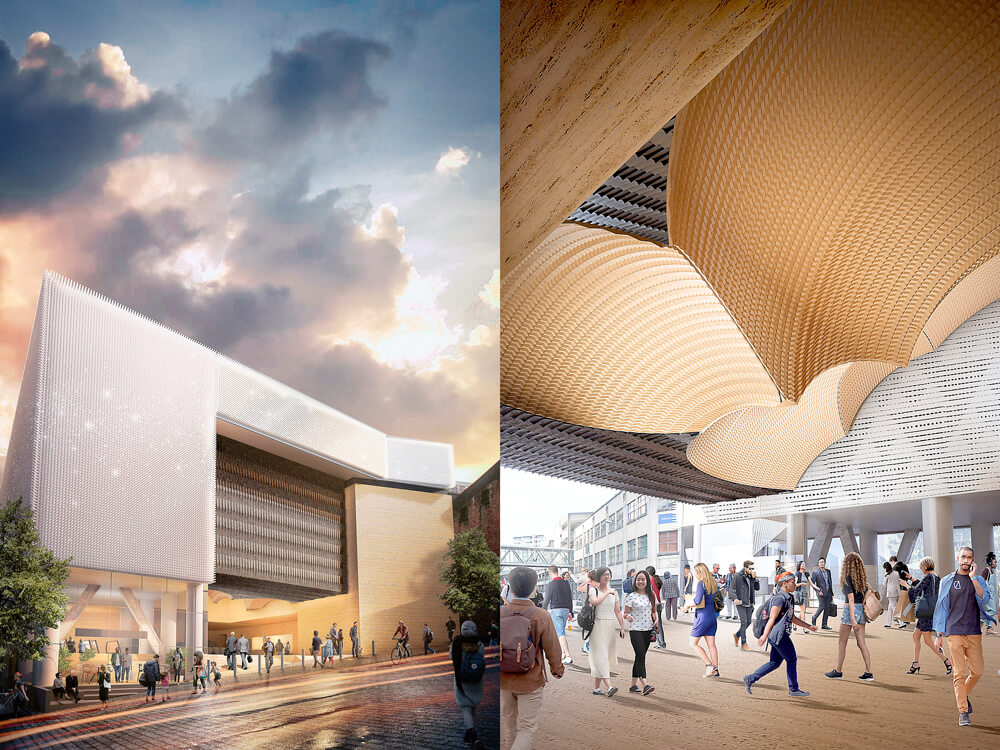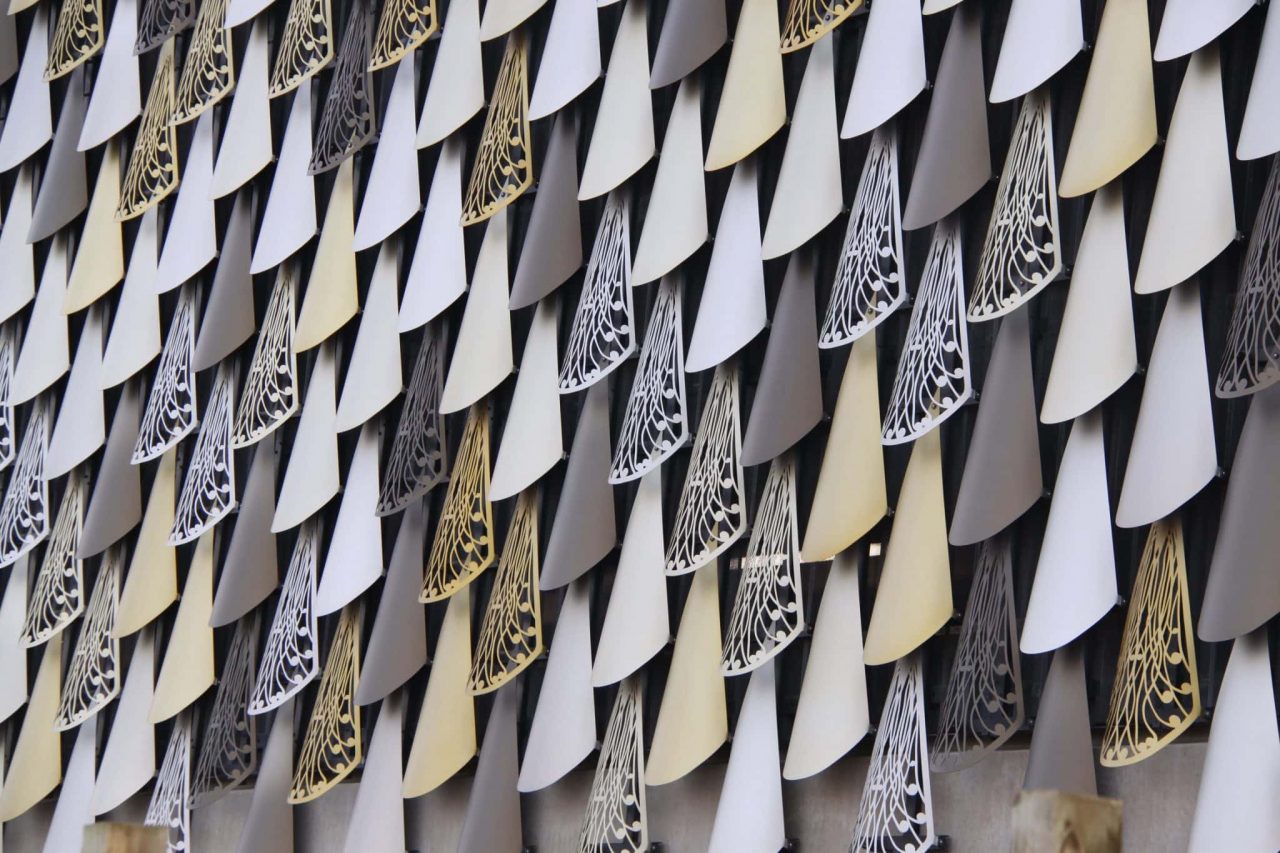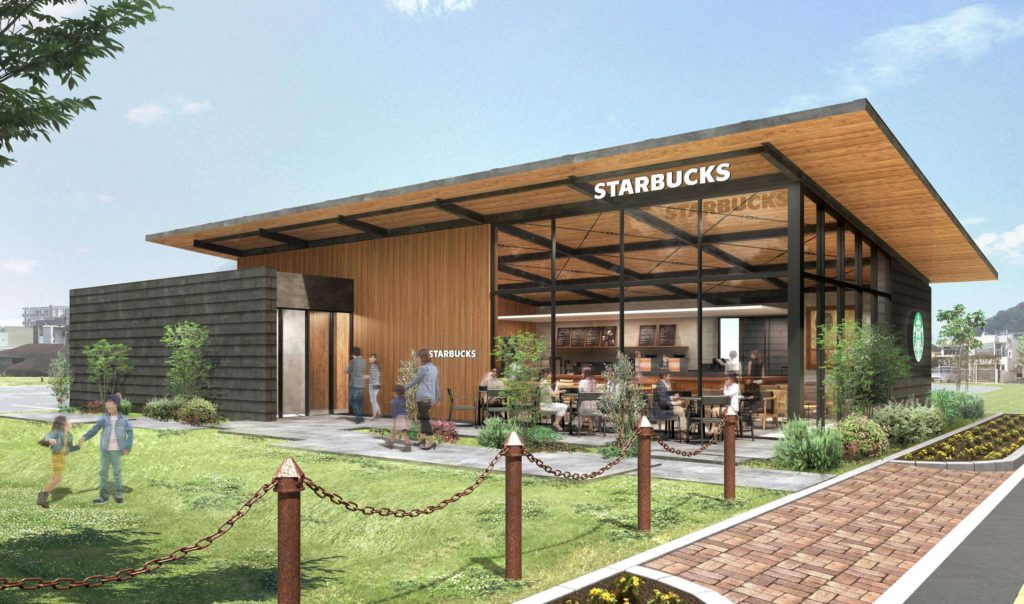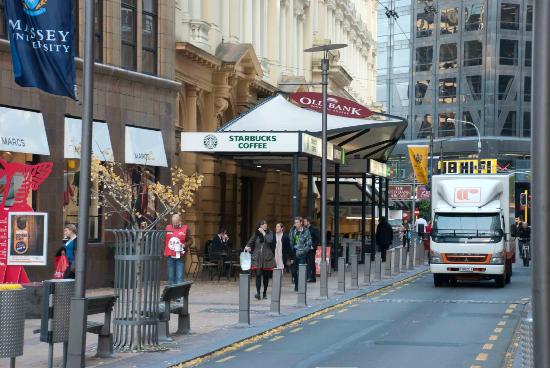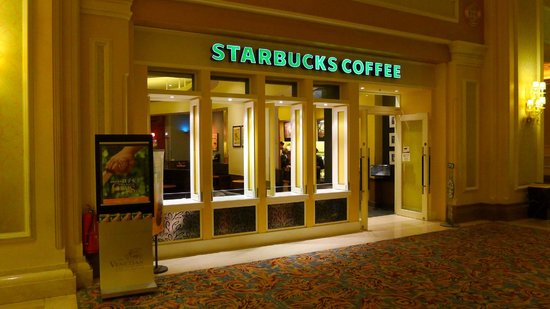237.130 Independent Study Week #1
Session 1: The Consequences of our Making
Tasks
- Going for a Walk
- Collecting Curious Instances
- Article about Urban Design and Tikanga Māori
1. Going for a Walk
Days Bay walk…
2. Collecting Curious Instances
This was an interesting activity to do. I thought through the things that interested me as I walked around, and hadn’t realised before that I do feel a strong connection to nature and how humans adapt, and don’t adapt, to it.
Instance #1. This building, and the duck pond, are not what they seem. They were originally part of a water slide, when Days Bay was even more of a tourist place than it is now.
Instance #2. Two enormous trees have a huge sense of presence.
The trees are uncompromising. Humans have needed to adapt to them, not the other way around. In the nearest tree, we can see that that the road cannot be straight; the yellow lines needed to follow the natural shape of the tree.

People wanted to drive cars around this tree, so they used a flexible arrangement of concrete blocks that allows the tree’s irresistible roots their freedom to expand and extend.
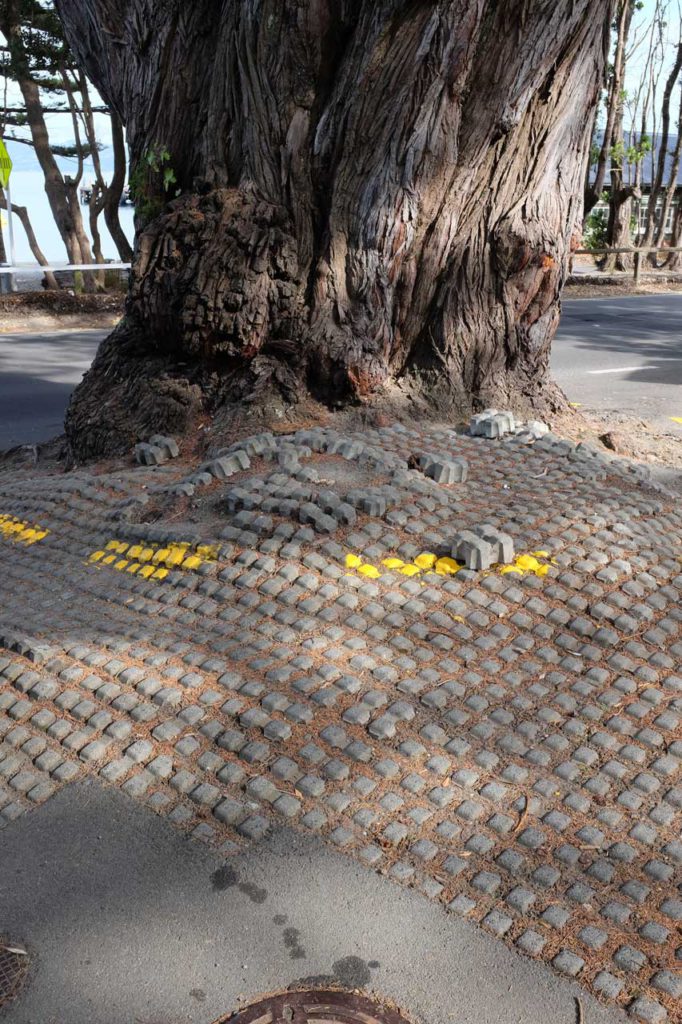
Allowing the tree to have some freedom has the side effect of creating an irregular surface, which could become a hindrance to wheelchair users or people who are otherwise mobility impaired[1]https://www.odi.govt.nz/home/about-disability/disability-etiquette/.
I considered Session #1, and Sunaura’s comments about designed environments. Can an environment designed by humans to be accessible also allow nature to be free to change the environment? Can a better paving approach than these concrete blocks be designed, such that the tree can shift its root system, while at the same time maintaining a surface that’s accessible for mobility impaired humans?
I feel something in the presence of these trees. I’m sure that if these trees were in Japan, they would be seen as having spirits reside within them, and shinenawa (sacred rope[2]https://en.wikipedia.org/wiki/Shimenawa) would have been placed around them.
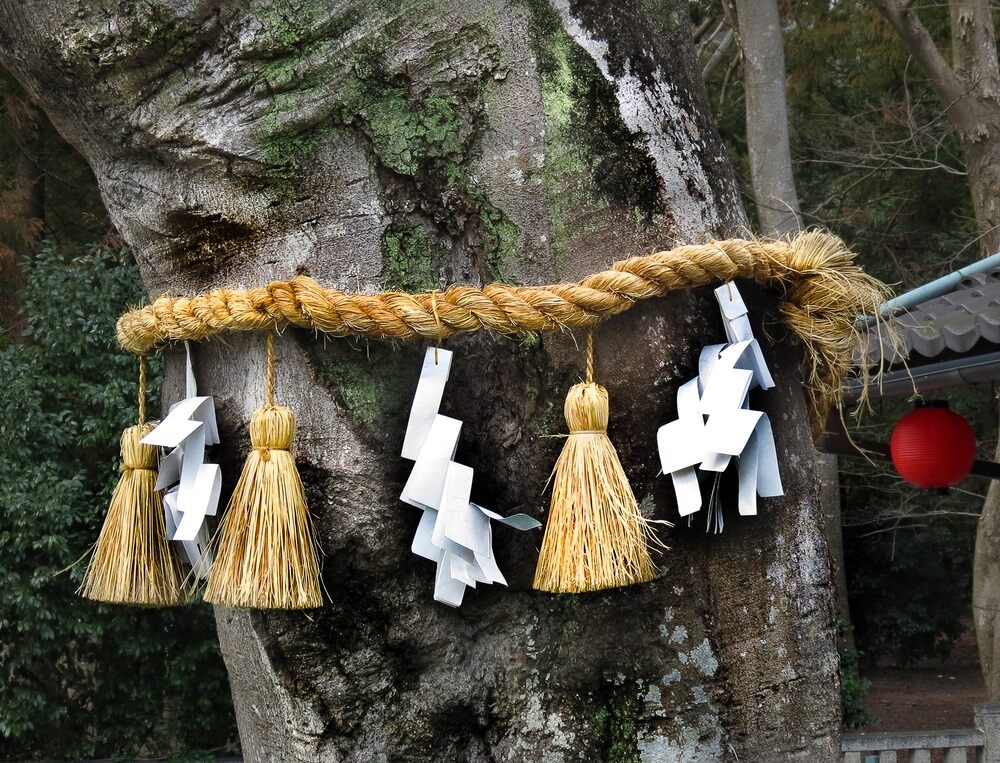
Instances #3 and #4. The house at left and the wooden walkway on the rocks are both in a fight with nature.
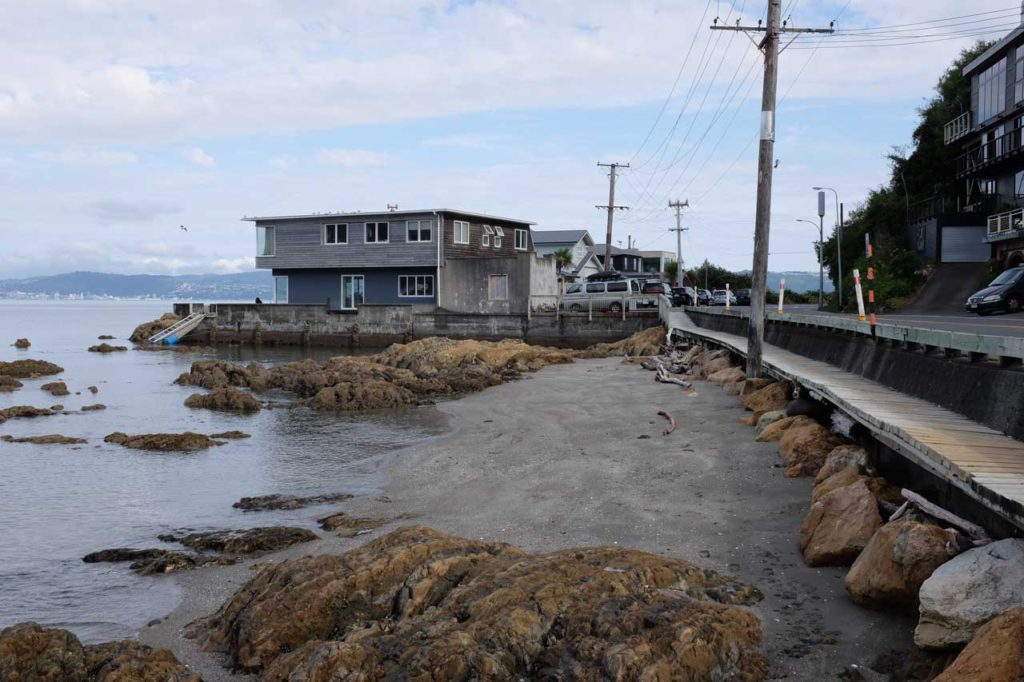
The house was built only a few years ago, after the severe storm in 2013 badly damaged the 19th century cottages that were originally there. One of the old cottages was the one famously used by Katherine Mansfield[3]https://www.stuff.co.nz/life-style/home-property/81953127/katherine-mansfields-former-weekend-hideaway-restored-after-storm-damage. The new house makes extensive use of concrete and is heavily reinforced against the sea. The house is heavily orthogonal in its design, but the natural rocks in the foreground are not like this. The rocks have adapted to the ocean and appear immovable; the concrete house will eventually suffer the same fate as the previous house. Could a house built more organically survive? Could a house be built to weather, abrade, and adapt to it’s location?
The wooden walkway was also built as the result of the storm. Since then, it has been heavily damaged at least twice. I still have a thick stainless steel bolt that I picked up from the beach after one event. It had been torn out of the walkway, and was also bent and starting to corrode. I remember at the time feeling like it was nature saying to the builders, “screw you and your bolt – this isn’t your place, it’s mine”.
Instance #5. A fence that has been adapted to the needs of a tree.
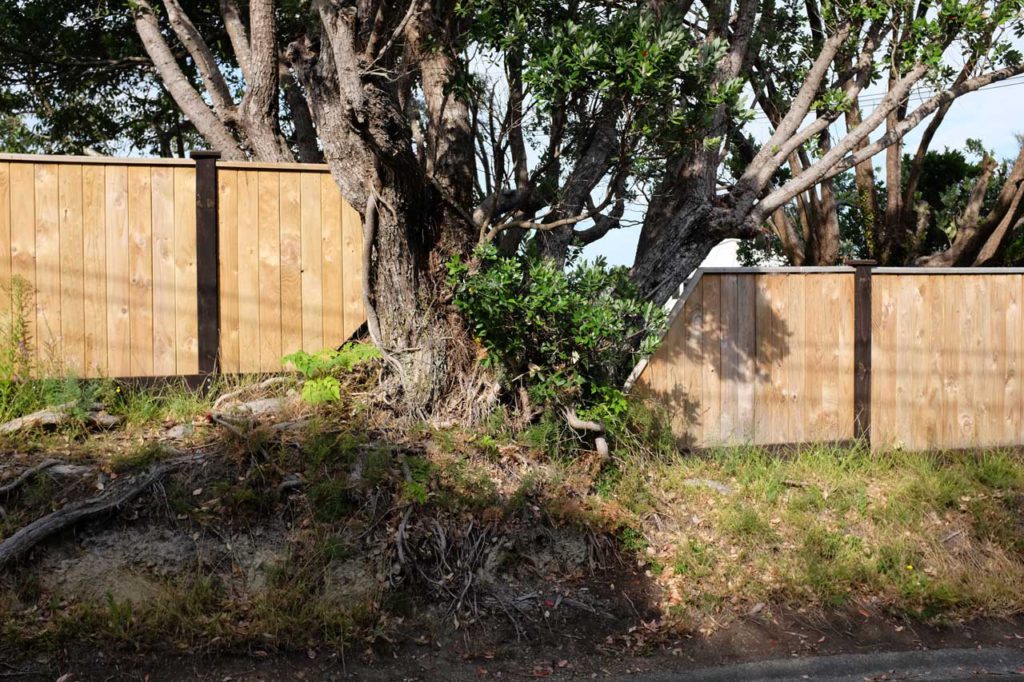
I cheated a little. I built this fence. It was designed to fit around the Pohutakawa tree. I didn’t dig holes into the tree root system to place fence posts into concrete, which would have involved severing root, and also leach chemicals and alkalinity; instead, I had inert steel ground screws installed that make will have minimal impact on the tree. The treatment of the posts is organic, and won’t be toxic to the tree. The fence is bolted and screwed together, rather than using cheaper nails. It’s designed so that it can be taken apart and amended as the tree grows, rather than being fixed and constraining to the tree’s growth, which may have resulted in damage to both the fence and the tree.
3. Article[4]https://idealog.co.nz/urban/2017/11/building-culture-why-good-urban-design-requires-better-understanding-tikanga-maori about Urban Design and Tikanga Māori
Patterns of previous Maori settlement and the relationship of tangata whenua with the land remain important aspects of urban design.
New Zealand Urban Design Protocol, 2005
Why good urban design requires a better understanding of Tikanga Māori:
- New Zealand is one of the most urbanized countries in the world, at 87% [5]New Zealand Urban Design Protocol, 2005.
- People living close to each other are connected in many ways, for example family, friendships, work relationships, and so on. The common environment in which they live is also a connector.
- Urban landscapes rarely incorporate any elements of Māori cultural identity. To urbanized people of Māori ancestry, we can only imagine that this will feel like living in a city, but not feeling part of the city; to other city dwellers, New Zealand takes on the homogeneity of any other urbanized country, and our unique culture is neither tangible nor celebrated.
- For visitors to New Zealand, our cities are likely to be the first experience they have of the country. It’s important that they reflect our cultural identity, including our unique Māori heritage.
- Technology and a desire for better work-life balance are leading to changes in the patterns of city use. This may well accelerate in a post-pandemic world – freeing cities to permanently reclaim public spaces as gathering spaces[6]Post-pandemic cities can permanently reclaim public spaces as gathering places. https://theconversation.com/post-pandemic-cities-can-permanently-reclaim-public-spaces-as-gathering-places-150729. This could enable the creation of accessible spaces for Māori cultural activities.
- Is New Zealand society so nervous of appropriating Māori cultural identity that they lose out on the opportunity of appreciating and celebrating it?
Quality urban design also increases economic value with higher returns on investment, reduced management and maintenance costs, more productive workplaces, and enhanced image and prestige.
New Zealand Urban Design Protocol, 2005
The banality of yet another Starbucks branch
Article on Stuff, Days Bay Water Chute https://www.stuff.co.nz/dominion-post/capital-life/72349735/days-bay-water-chute-thrills-150-years-of-news New Zealand Urban Design Protocol, 2005 https://www.mfe.govt.nz/sites/default/files/urban-design-protocol-colour.pdf What does Māori architecture look like today? https://thespinoff.co.nz/atea/07-01-2020/what-does-maori-architecture-look-like-today/ How Maori principles shaped the City Rail Link's award-winning design https://www.metromag.co.nz/city-life/city-life-urban-design/how-mori-design-principles-shaped-the-city-rail-links-award-winning-design Auckland's Māori Design Hub gets a "refresh" https://www.metromag.co.nz/city-life/city-life-urban-design/how-mori-design-principles-shaped-the-city-rail-links-award-winning-design
References
| ↑1 | https://www.odi.govt.nz/home/about-disability/disability-etiquette/ |
|---|---|
| ↑2 | https://en.wikipedia.org/wiki/Shimenawa |
| ↑3 | https://www.stuff.co.nz/life-style/home-property/81953127/katherine-mansfields-former-weekend-hideaway-restored-after-storm-damage |
| ↑4 | https://idealog.co.nz/urban/2017/11/building-culture-why-good-urban-design-requires-better-understanding-tikanga-maori |
| ↑5 | New Zealand Urban Design Protocol, 2005 |
| ↑6 | Post-pandemic cities can permanently reclaim public spaces as gathering places. https://theconversation.com/post-pandemic-cities-can-permanently-reclaim-public-spaces-as-gathering-places-150729 |
237.130 Independent Study Week #2
Session 2: Curious Instances
Task 1: The Making Of: ‘Explore’ – Work in Progress.
(captured on the ‘Explore” page of the site)
Task 2: Tikanga Māori.
Approximately 150-200 words”
- What does Hirini Moko Mead say to make us aware of the importance and reach of tikanga?
Defining Tikanga Māori
Tikanga is a Māori concept incorporating practices and values from mātauranga Māori, Māori knowledge.[1] Tikanga is translated into the English language with a wide range of meanings — culture, custom, ethic, etiquette, fashion, formality, lore, manner, meaning, mechanism, method, protocol, style, customary law.[1]https://en.wikipedia.org/wiki/Tikanga_M%C4%81ori
Words and expressions like this are probably common in every language, i.e. words that have no direct translation. I can probably translate this into Japanese, as 伝統的 “dentou teki”, which can be translated as “traditional”, but also comes with a “has cultural significance” meaning.
I could easily see Tikanga Māori written as マオリ道 (Māori-dou) or “the way of Māori”. The 道 is the Chinese character for “Tao”, meaning the “way”, “path”, “route”, “road” or sometimes more loosely “doctrine”, “principle” or “holistic beliefs”.
So, I would say that Hirini Moko Mead’s key point on this is:
A culture that sets aside its pool of tikanga is depriving itself of a valuable segment of knowledge and is limiting its cultural options.
Tikanga Māori, Hirini Moko Mead
- How might tikanga apply in your and/or other people’s lives you know? How might tikanga and ideas of ‘tika, correctness’ be valuable for the Consequences of Making, and assist in resolving issues?
I’m thinking of Tikanga Māori in a similar way to a “Frame of Reference” in Physics. That can be defined as, “an abstract coordinate system and the set of physical reference points that uniquely fix (locate and orient) the coordinate system and standardize measurements within that frame.”
That feels quite appropriate. I think “orient” is the key word here. An understanding and appreciation of Tikanga Māori is a way of knowing where you are with respect to Māori culture; sensing what your are options for appropriate interaction and movement (not just in a physical sense, but also in a cultural sense); developing a feeling for the constraints or boundaries in which you are operating; and so on.
Task 3: Ways of thinking about creative relationships (allow 2 hours)
Watching this, the designers were almost entirely driven by the specific, and in some cases unique, needs of their “clients”.
There appear to be two goals in mind here. One was to help the individuals in overcoming some of the key constraints under which they are operating, for example Alzheimer’s Disease. To that extent, these projects appear quite successful.
As a further benefit, it appeared that in a couple of cases the designers were considering wider use of their creations, perhaps by other people with similar needs. In some cases this aim appeared to have been achieved, albeit perhaps less successfully than for the individuals.
This can be thought of as natural stages in a design and product lifecycle. Solving individual needs proved the concepts, and continuing on to look at wider applicability can be seen as a pilot phase.
The designers were, to varying extents, wrestling with ongoing adjustments to their designs prompted by feedback from their clients. The vision of the designers had to be “compromised”, although that feels like too harsh a word given that the designers would not have been involved at all without the needs of their clients.
It’s interesting to contrast this with some of the terms used when describing noteworthy artists and designers: uncompromising, visionary, singularly focused, unique, controversial, etc.
Perhaps a key difference between Art and Design is that Art is based on a highly internal set of drives and desires, whereas Design is more motivated by the need to fulfil an external set of requirements or needs. Then again:
Real artists ship
Steve Jobs, speech to Apple staff (no specific reference), 1983
References
| ↑1 | https://en.wikipedia.org/wiki/Tikanga_M%C4%81ori |
|---|
237.130 Independent Study Week #3
Session 3: Who is here?
Tasks
- Watch Series 1 Episode 1 of “Artefact” from Māori Television:
https://www.maoritelevision.com/shows/artefact/S01E001/artefact-series-1-episode-1 - Read Richard Sennett article ‘On making’.
Questions to respond to
- What ‘worldviews’ are encountered in the Artefact episode?
- Identify different ways in which information and knowledge are shared and transferred. Refer to specific examples shown in the video.
Worldviews
There were a number of worldviews represented in the show, primarily but not solely centred on Māori and Western ways of thinking.
Navigation
Western approaches to navigation are Science-based and use a systematic framework, laws, rules.
Pacific peoples place the navigator at the centre, with a deep understanding of stars and their positions, currents, wind patterns, and so on.
Like a 13th Century navigator from the Pacific in, an 17th Century Western navigator would still using the sun, moon, and stars to navigate. The difference is that the Western navigator would be using a chronometer to obtain Greenwich time, and a sextant as a tool to make accurate celestial observations.

Arguably, but not unexpectedly, the contrast is typically made between Western navigation at the time of New Zealand’s first contacts with the West, and subsequent colonization. Little reference is made to more ancient Western forms of navigation.
For example, Vikings navigated over similar distance to Pacific peoples, and used very similar techniques. Interestingly, this included chants and rhymes – oral history combined with navigational teaching.
Spirituality
The Māori from Uawa (Tolaga Bay) see the carving of Paikea as being imbued with mana and being, as I understand it, pretty much the same as Paikea the person. On their visit to him in New York, they greeted him and spoke to him as a father figure.
I was reminded of the Catholic religion from the 8th Century onwards, where the relics of Saints are venerated as having “holiness”, or, “the mystic potency emanating from the person or thing that is sacred”.
This sounds different though – and I’m not of Māori ancestry, nor am I in any way religious, so I’m reaching a bit here. Mana has more of a tangibility to it. I don’t know how to say it other than as a kind of “live link” to an ancestor, rather than a more diffuse connection to a higher being.
Museums and repatriation
Really controversial topic globally. If repatriation was taken to it’s conclusion, then it would be the end of the world’s major museums. Not saying that’s a bad thing, but it is a thing.
Possibly the most famous example of this is the Elgin Marbles, which are the original frieze from the Parthenon in Athens, Greece. This artefact is now in the British Museum in London, who have said that they will never return them[2]https://news.artnet.com/art-world/british-museum-wont-return-elgin-marbles-1449919.
It was difficult to handle seeing the emotion in the traveller’s faces as they came face-to-face with their ancestor. It felt wrong that they needed to get on an plane to another country. Maybe this is because I’m an immigrant, and have strong feelings about having distance between myself and my own ancestors.
Surely there can be a middle ground in repatriation. A path that takes into account both the rights of communities from which these artefacts came, in some cases illegally, and the positive work that museums can do in both understanding and sharing knowledge of the artefacts.
References
237.130 Independent Study Week #4
Session 4: How do we know? Part 1
Five words/phrases
What words do I want to search for in the Massey library?
- Days Bay
- Oruamatoro
- “George Day”
- Port Nicholson pā sites
- Eastbourne kāinga
New skills
What new skills do I want to gain this year?
- Sketching
- Judgement of proportion
More generally at Massey, I want to go through a structured education in Art, so that I learn new skills and techniques, and have regular practice.
237.130 Independent Study Week #5
Session 5: How do we know?-part 2
Task
Make a short research presentation (minimum 3 slides) which contains reference to at least one image/visual resource, one book, one source from another media (newspaper, documentary, interview etc) and relates to your project/place to date.
For my research, although I have anecdotal evidence and a few references to there being Māori living in Days Bay, I have no solid information about where they lived or what happened to them.
So, that will be my research topic:
Locating the Māori of Days Bay
The original Māori name for Days Bay was Otuamotoro.
Otuamotoro: Day’s Bay. A Ngati Ira fortified village. Built by Te Hiha six generations ago.
Bauchop, H. Ngati Ira and Rangitane in Te-Whanganui-a-Tara to 1865. A Report Commissioned by the Waitangi Tribunal, January 1997[1]https://forms.justice.govt.nz/search/Documents/WT/wt_DOC_93653064/Wai%20145%2C%20H005.pdf
So, the Ngati Ira Iwi were the original residents.
How many settlements were there?
We have evidence from interviews with Māori elders that there was more than one settlement in Days Bay. James Cowan, noted for his books on colonial history and Māori ethnography, documented a discussion on this and related subjects with a Māori woman called Rangi te Puni:
One day Rangi te Puni took me to the sandy beach-side at Pito-one to point out some of the old-time homes and fishing places of the Atiawa and their kin. “The place you call Lowry Bay,” she said, “was called by us Whio-rau, because of the abundance of the whio or blue mountain duck, in the little streams that came down from the hills about there. Ngau-matau (“Bite the Fish-hook”) is the northern point of Whio-rau. “Beyond again”—and the old dame pointed to Day’s Bay—she called it “Daisy Bay” —“we had a small settlement named Te Aewa. The north end of the Bay was Te Wharangi. The cliff there was one of our olden fishing marks. When the men went out in their canoes to draw the long seine net for moki or rock cod in the early morning, they used to paddle out in a line from the mouth of the Korokoro Creek, on the west there, across the harbour towards Te Wharangi.”
Tohunga. (October 1 1934). The Wisdom of the Māori. THE NEW ZEALAND RAILWAYS MAGAZINE, VOLUME 9, ISSUE 7
There’s also reference to a pā site:
Day’s Bay. On the ridge to the north may be seen the remains of a fortified position, as evidenced by levelled hut sites, an earthwork defence, and butts of totara posts.
The positions where even a single line of earthwork defence was employed, are but few, and consist of one at Days Bay …
Best, E. The Land of Tara and They Who Settled It. The Journal of the Polynesian Society, Vol. 28, No. 109, 1919[2]http://www.jps.auckland.ac.nz/document//Volume_28_1919/Volume_28%2C_No._109/The_Land_of_Tara_and_they_who_settled_it._Part_VI%2C_by_Elsdon_Best%2C_p_1-17/p1
Here’s another source on this:
Orua- motoro Pa was located at Days Bay and was said to have been built by Te Hiha of Ngati Kahungunu (Ngati Ira?).
Raukura Consultants. Eastern Bays Shared Path. Hutt City Council, 2018
What remains as of 2021?
Unfortunately, most of Days Bay where the kāinga and pā would have stood has been subdivided and developed.
How the pā site may have looked
A pā site like this would typically have had some kind of terracing and house platforms, surrounded by a Totara palisade. This example from the King Country shows what it could have looked like:
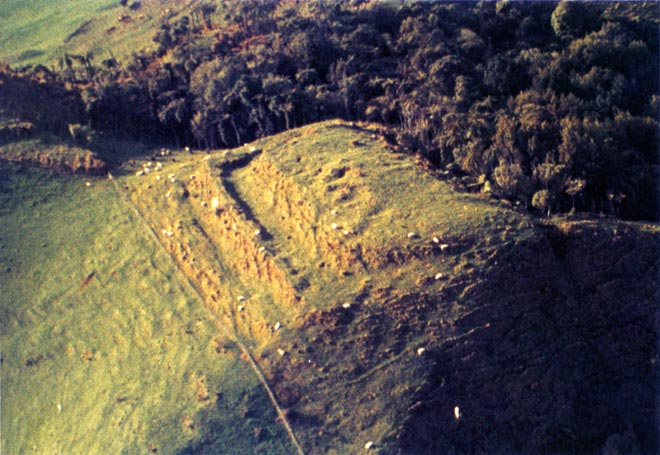
So, now we have evidence that the pā existed, and had been abandoned by 1919, given that it was seen as a ruin.
What happened to the pā after 1919?
Given that the pā site was on the “ridge to the north” of Days Bay, then it would have become part of the first tranche of sections that were developed for residential housing.
This is a map of subdivisions at Day’s Bay, Lowry Bay, etc. compiled from official records by Palmer & Mahood in 1922.

How might the Days Bay villages ave looked?
The villages themselves are likely to have comprised of wood or flax built huts, and unfortunately would not have left much archaeological evidence of their presence.

Other sources
Greenwood, Joseph Hugh. Diary. 1819-1849
References
237.130 Independent Study Week #6
Session 6: Taking care of knowledge
Task
Read the excerpt from the writing by Rev. Māori Marsden. Rev. Marsden writes about the importance of knowledge being held in the appropriate and correct place. Knowledge comes in various forms and is held and regarded in different ways. Marsden highlights the basic tenet that some knowledge should not be widely shared.
Task: Connect this principle with an example that you currently see in the media or identify in your community. Begin by explaining principles from Rev. Marsden’s text. Then introduce your chosen example, briefly explain what it is, and finally connect this with Marsden’s ideas. 250-300 words max. Document this in your journal.
Response
I picked up a couple of basic principles from Marsden’s writing.
Firstly, that to Māori, myth and legend carry an equivalent weight to Western science.
Myth and legend in the Maori cultural context are neither fables embodying primitive faith in the supernatural, nor marvellous fireside stories of ancient times.
Rev. Maori Marsden. KAITIAKITANGA – A Definitive Introduction to the Holistic World View of the Maori. November 1992
Second, that there is some knowledge that should not be shared.
It was basic tenet of Maoridom that the inner corpus of sacred knowledge was not to be shared with the ‘Tutuaa’ – the common herd, lest such knowledge be abused and misused.
Rev. Maori Marsden. KAITIAKITANGA – A Definitive Introduction to the Holistic World View of the Maori. November 1992
As to an example where this is a significant concern, I can think of an example from my professional life, and consider “Cloud services”, where data is stored in such a way that the geographical location of the data becomes generally irrelevant from an ICT perspective. To use an example of the relevance, we can consider data with cultural significance to Māori.
As a specific example, a photograph or video of a culturally significant site such as a pa may well hold special significance to a Māori group, potentially in the same way as the pa itself. The group may feel that this culturally significant data may need to be kept inside New Zealand, or even in a specific geographical area.
I can now express the potential effects of this as a risk, and will write it in a deliberately provocative way to make a point. I don’t think this will actually eventuate.
Risk: if indigenous data sovereignty concerns force data to be stored in New Zealand and not in the Public Enterprise Cloud, then ICT services built for New Zealand will be at odds with global industry direction, resulting in New Zealand being at a technological and financial disadvantage compared to other nations.
What I think could happen is that services will be design that are a hybrid, with data stores in systems being split between cheap Cloud services and more expensive onshore services.
237.130 Independent Study Week #7
Session 7: Talking ink
Tasks
1. Written response to the following provocation:
In her book The Treaty of Waitangi (1987), Dame Claudia Orange says of the history leading up to the signing of the Treaty, 1830-1840: “No longer were they [British government] considering a Māori New Zealand in which a place had to be found for British intruders, but a settler New Zealand in which a place had to be found for the Māori.”
Provocations: As makers, can we assume to be working in a negotiated cultural space? Is this notion of ‘negotiation’ the same for Māori and non-Māori?
Response 1
The word “negotiation” can be translated in a number of ways into te reo Māori, and it’s important to understand which term/terms are being used. As an example, we can look at a Terms of Negotiation for a specific treaty settlement, as the document seeks to clarify the terminology at the very start:
3.1.1 Maungarongo
MANIAPOTO MAORI TRUST BOARD and THE CROWN. Terms of Negotiation. December 2016[1]https://www.govt.nz/assets/Documents/OTS/Maniapoto/Maniapoto-Terms-of-Negotiation.pdf
The principle of maungarongo means restoring balance, faith and trust between the parties
3.1.2 Tirohangaroa
The principle of tirohangaroa means the commitment of the parties to negotiating the best possible outcomes for the benefit of Te Iwi o
Maniapoto.
3.1.3 Manaakitanga
The principle of manaakitanga means requiring respect, empathy and generosity of each other as negotiating parties.
3.1.4 Te Ihi Te Wehi me Te Pono
The principle of Te Ihi Te Wehi me Te Pono means acting with integrity, honesty and sincerity of intention and includes fostering a negotiating environment of mutual trust and confidence between the parties.
So, I would argue that if the term “negotiation” is well-defined, then it can reflect a state that can be looked on positively by both Māori and non-Māori.
As to whether as makers we can assume that we are working in a negotiated cultural space, I would argue that we are likely to be doing this when we’re involved in any kind of dialogue that involves two or more parties. The culture need not be Māori/non-Māori, it could be based on gender, age, social position, power (think, police), and so on.
2. Read the following lecture by Prof Margaret Mutu, and note key points in your journal, highlighting ramifications since 1840 for Aotearoa New Zealand.
Response 2
- I found it very difficult to engage with the document, as it didn’t to me reflect any kind of balanced (or nuanced) viewpoint.
- It’s interesting to reflect on the origins of “sovereignty”, which is typically defined as something like, “supreme legitimate authority within a territory”. This is a concept that didn’t really come into being until around 1300AD, and didn’t really fully manifest until a few hundred years after that.
- Help! Sovereignty is a hugely complex subject and I just don’t have the time to fully research the origins and relevance to this context.
Where to start?
In doing research online, I came across this very provocative (and pretty infamous) cartoon…
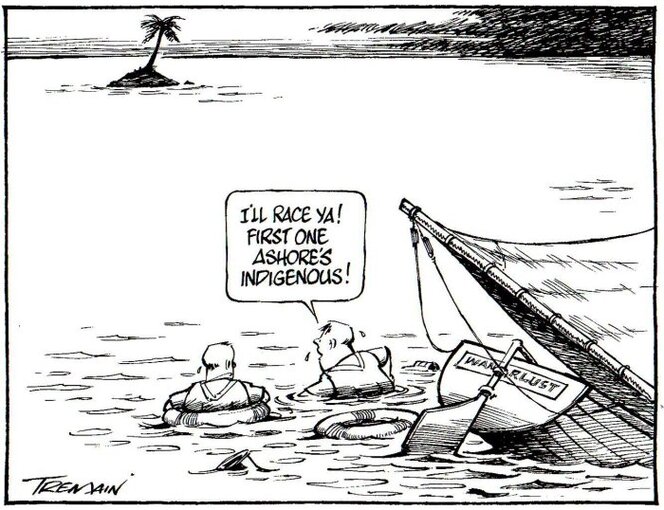
Wow, that one’s harsh. Sure I get it, but there’s a bitterness behind it that’s unpalatable. Only 2004, so not that long ago.
This topic is something that will no doubt be difficult to discuss in class. My personal concern is that Britain itself has been invaded and reinvaded over the millennia. Could I, as a British person, seek a settlement with the UK government for the invasion by France in 1066? I could argue that the UK government evolved from an invading and colonizing power that deprived my ancestors of their native lands and imposed a system of government from overseas. Even the legal system I’d need to use to fight this – Common Law – is a product of that invasion and isn’t reflective of pre-conquest law.
One glaring example is the great evil visited on the Anglo-Saxon population by the Norman Conquest of 1066. By any standard, the effect on indigenous English society was enduring devastation. Through war, invasion and genocide, the Anglo-Saxon ruling class was almost entirely replaced, control of the church and state surrendered to foreign adversaries, English replaced by Norman French as the language of government, and England’s entire political, social and cultural orientation shifted from Northern Europe to the continent for the next thousand years.
Mahtani, Sahil. “Sue the Normans!” The Spectator, 13 July 2019, https://www.spectator.co.uk/article/sue-the-normans- . Accessed 12 April 2021.
Could I go further back to the Roman invasion of Britain in 43AD, and insist that my ancestors’ way of life was destroyed, my religious leaders slaughtered, and so on, and seek settlement with the UK Government, given that it directly evolved from that event?
I know that two wrongs don’t make a right. So which wrongs are in scope for reparations and settlement, and which are out of scope?
If anything, Professor Mutu’s speech reads a little like the article we looked at a few weeks back, where a convenient European myth is that the Polynesian ancestors of Māori accidentally “ran into” New Zealand, and staggered ashore bedraggled and starving, rather than being the superb long-distance sailors that we’re now pretty much certain they were.
Professor Mutu’s speech also artfully avoids any balanced look at Māori culture. She doesn’t reference cultural practices that we’d today consider abhorrent, such as slavery, execution of prisoners of war, and so on. I feel that if we’re going to have a dialogue, and seek a common ground and a constitution that truly reflects all aspects of New Zealand, then we need to be open to the bad things too, and we should not try to retrofit a mythical idyllic lifestyle to pre-colonial Māori society. This is not whataboutism; we need a full accounting.
Where are the guard rails?
One of the strongest feelings that I took away from the article is that it’s pretty naïve, which is a pretty bold statement to make about a professor. There’s an assumption in there that, bluntly, screwing with some of the fundamental tenets of how New Zealand society operates is going to lead in a positive direction. I get very nervous when people propose to do something involving large groups of people for the first time and expect everything to go as predicted. If history teaches us anything it’s that human beings, particularly in groups, are unpredictable.
So, where are the guard rails? What proposals does Professor Mutu have for measuring the success of her proposed changes, and what’s the roll back plan? Also, what’s Plan B? If her proposed interventions lead to separatism, or sectarian violence, or right wing extremism, how will society recognise cause and effect, and how will it change tack and make corrections?
References
237.130 Independent Study Week #8
Session 8: Kaupapa and ethics
Task
Kaupapa Māori and Ethics: Write a short entry (200 word guide) that puts the rules and relational guidelines in your own words.
Response
The Māori view reads more like an individual ethical framework. It feels like it’s about being a good person. The Massey framework is more what I’d call a traditional ethical framework. It describes a set of principles and rules that everyone should follow, and makes it less about your individual feelings or desires to sense and do the “right things”, and more just checklist types of items that you can tick off. The Massey framework does ask that people think carefully about the framework, but it feels a little different from the Māori approach, which seems to be more about thinking more deeply about yourself and your approach to the world rather than just keeping the framework in your head.
237.130 Independent Study Week #9
Session 9: Explore and Express
Task
No specific items to study this week; instead, we were asked to work on the “Explore” and “Express” portions of our longer term project. This is included in the Express page of this site.
237.130 Independent Study Week #10
Session 10: Making in progress
Task
No specific items to study this week; instead, we were asked to work on the “Express” portions of our longer term project. This is included in the Express page of this site.
237.130 Independent Study Week #11
Session 11: More Making Of
Task
No specific items to study this week; instead, we were asked to work on the “Express” portions of our longer term project, in preparation for our studio presentations next session. This is included in the Express page of this site.




